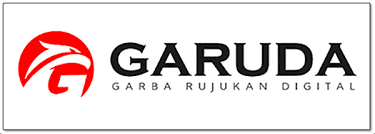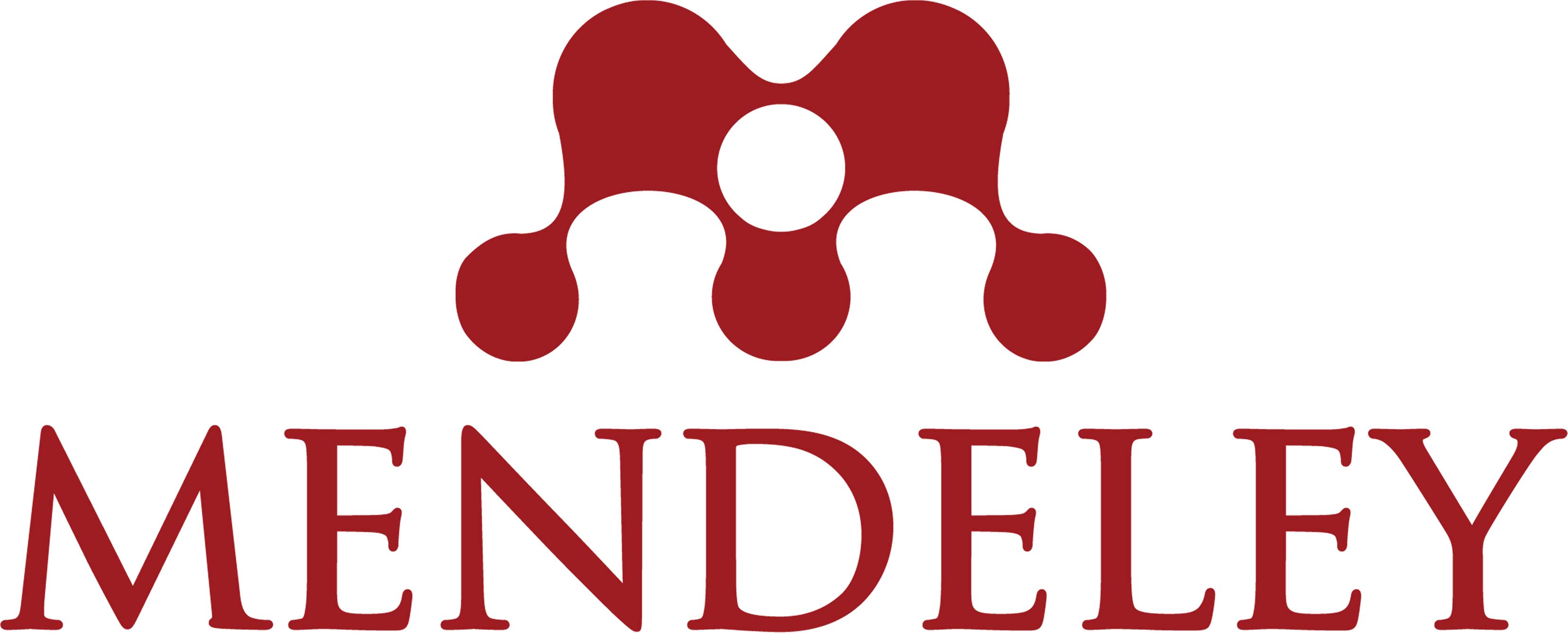Designing Granoolars Brand Promotion with Social Media Mix Approach as A Brand Awareness Strategy
DOI:
https://doi.org/10.17977/um064v1i72021p857-874Keywords:
brand promotion, social media content, brand awarenessAbstract
Abstract: Granoolars is a newly established business in the food industry that needs more brand awareness from the target consumers. Promotional content is one of the approaches to reach the audience for recognition. Since the consumer is the value co-creator, a thorough investigation was highlighted on the characteristics that the targeted consumer seeks in an ad, both the verbal and visual aspects. Moreover, the distribution channel of social media that the respondents mostly use was also discussed. The purpose of this study was to comprehend and design the promotional content which the audience approves. The design process uses Matt Cooke methodology which consists of definition, divergence, and transformation stage. The study is a quantitative method using an online survey on 300 respondents. The SPSS data analysis was used for the descriptive statistics analysis. The findings proposed that the respondents prefer marketing content that has the ad value of credibility and informativeness. Moreover, visual of the content that implemented a strong design principle is favorable for the audience of this study. The distribution funnel being adopted are Instagram and Twitter as the most used social media platforms by the respondents.
Keywords: brand promotion, social media content, brand awareness
Abstrak: Granoolars adalah bisnis yang baru didirikan di industri makanan yang membutuhkan lebih banyak kesadaran merek dari target konsumennya. Konten promosi adalah salah satu pendekatan untuk menjangkau audiens untuk mendapatkan pengakuan merk. Sebab konsumen adalah value co-creator, penyelidikan menyeluruh difokuskan pada karakteristik yang dicari target konsumen dalam sebuah iklan, baik aspek verbal maupun visual. Selain itu, saluran distribusi media sosial yang paling banyak digunakan responden juga dibahas. Tujuan dari penelitian ini adalah untuk memahami dan merancang konten promosi yang disukai audiens. Proses perancangan menggunakan metodologi Matt Cooke yang terdiri dari tahap definisi, divergensi, dan transformasi. Penelitian ini menggunakan metode kuantitatif dengan menggunakan survei online terhadap 300 responden. Analisis data SPSS digunakan untuk analisis statistic deskriptif. Hasil penelitian menunjukkan bahwa responden lebih menyukai konten pemasaran yang memiliki nilai iklan kredibilitas dan keinformatifan. Selain itu, visual konten yang menerapkan prinsip desain yang kuat sangat disukai oleh audiens penelitian ini. Corong distribusi yang diadopsi adalah Instagram dan Twitter sebagai platform media sosial yang paling banyak digunakan oleh responden.
Kata kunci: promosi brand, konten media sosial, kesadaran merek
References
Agustina, Y., Winarno, A., Pratikto, H., Narmaditya, B.S., & Filianti, F. (2020). A creative economy development strategy: The case of Trenggalek creative network for Trenggalek Regency, Indonesia. Journal of Asian Finance, Economics and Business, 7(12), 1111–1122. doi: https://doi.org/10.13106/JAFEB.2020.VOL7.NO12.1111
BEKRAF. (2019). OPUS: Creative economy outlook 2019 (English version). Retrieved from https://www.kemenparekraf.go.id/asset_admin/assets/uploads/media/pdf/media_1589839632_OPUS_-_Creative_Economy_Outlook_2019_(English_Version).pdf
Brodie, R.J., Hollebeek, L.D., Ilić, A., & Jurić, B. (2011). Customer engagement: Conceptual domain, fundamental propositions, and implications for research. Journal of Service Research, 14(3), 252–271. doi: https://doi.org/10.1177/1094670511411703
Dehghani, M., & Tumer, M. (2015). A research on effectiveness of Facebook advertising on enhancing purchase intention of consumers. Computers in Human Behavior, 49, 597–600. doi: https://doi.org/10.1016/j.chb.2015.03.051
Dix, S., Ferguson, G., Logan, K., Bright, L.F., & Gangadharbatla, H. (2012). Facebook versus television: Advertising value perceptions among females. Journal of Research in Interactive Marketing, 6(3), 164–179. doi: https://doi.org/10.1108/17505931211274651
Ducoffe, R.H. (1996). Advertising value and advertising the Web. Journal of Advertising Research, 36(5), 21–35.
Graham, L. (2008). Gestalt theory in interactive media design. Journal of Humanities & Social Sciences, 2(1), 1–12. Retrieved from http://www.guillaumegronier.com/2020-miashs/resources/Graham,-2008.pdf
Hashim, N.H., Normalini, & Sajali, N. (2018). The influence factors towards mobile advertising message content on consumer purchase intention. Global Business Review, 19(5), 1187–1206. doi: https://doi.org/10.1177/0972150918788746
Inkbot Design. (2016). New Instagram logo design feedback & expert opinion. Retrieved from https://inkbotdesign.com/new-instagram-logo-design/
Lehrer, J. (2006). Design Studies: Theory and Research in Graphic Design, (A. Bennett, Ed.). New York: Princeton Architectural Press, 60(5), 172.
MacKenzie, S.B., & Lutz, R.J. (1989). An empirical examination of the structural antecedents of attitude toward the ad in an advertising pretesting context. Journal of Marketing, 53(2), 48–65. doi: https://doi.org/10.2307/1251413
Marley, M.L. (2018). Effects of visual design in beef seedstock ads on trust, credibility, and intent to seek more information. (Master's thesis, Colorado State University, Colorado). Retrieved from https://mountainscholar.org/bitstream/handle/10217/191387/Marley_colostate_0053N_14977.pdf?sequence=1&isAllowed=y
Nguyen, T. (2020). Designing a social media marketing plan for brand awareness enhancement: Case study of KOKORO restaurant. (Undergraduate thesis, Laurea University of Applied Sciences, Finland). Retrieved from https://www.theseus.fi/handle/10024/344133
Noble, I., & Bestley, R. (2005). Visual research: An introduction to research methodologies in graphic design. Lausanne: AVA Publishing SA.
Olsen, G.D., Pracejus, J.W., & O’Guinn, T.C. (2012). Print advertising: White space. Journal of Business Research, 65(6), 855–860. doi: https://doi.org/10.1016/j.jbusres.2011.01.007
Pracejus, J.W., Olsen, G.D., & O’Guinn, T.C. (2006). How nothing became something: White space, rhetoric, history, and meaning. Journal of Consumer Research, 33(1), 82–90. doi: https://doi.org/10.1086/504138
Pulizzi, J. (2012). The rise of storytelling as the new marketing. Publishing Research Quarterly, 28(2), 116–123. doi: https://doi.org/10.1007/s12109-012-9264-5
Rodgers, S., & Thorson, E. (2018). Special issue introduction: Digital engagement with advertising. Journal of Advertising, 47(1), 1–3. https://doi.org/10.1080/00913367.2017.1414003
Sekaran, U. (2003). Research and markets: Research methods for business - A skill building approach. New York: John Wiley & Sons.
Siau, K., & Shen, Z. (2003). Mobile communications and mobile services. International Journal of Mobile Communications, 1(1–2), 3–14. doi: https://doi.org/10.1504/ijmc.2003.002457
Snalderman, D. (2019). The 12 best restaurant website examples. Toast. Retrieved from https://pos.toasttab.com/blog/examples-restaurant-websites?fbclid=IwAR0Oxx8LBFJiLaZsoevP1YgwnbqTVME4EWErWm08jsvGlY2IL7Oj-9FuCo
StatCounter Global Stats. (2021). Social Media Stats Indonesia. Retrieved from https://gs.statcounter.com/social-media-stats/all/indonesia
Taylor, D.G., Lewin, J.E., & Strutton, D. (2011). Friends, fans, and followers: Do ads work on social networks? How gender and age shape receptivity. Journal of Advertising Research, 51(1), 258–275. doi: https://doi.org/10.2501/JAR-51-1-258-275
Yu, J. (2006). Visual communication design strategies: Multidisciplinary human-centered approach in branding and marketing. (Master's thesis, Auckland University of Technology, New Zealand). Retrieved from https://core.ac.uk/download/pdf/56360912.pdf
Downloads
Published
How to Cite
Issue
Section
License

This work is licensed under a Creative Commons Attribution-ShareAlike 4.0 International License.





























